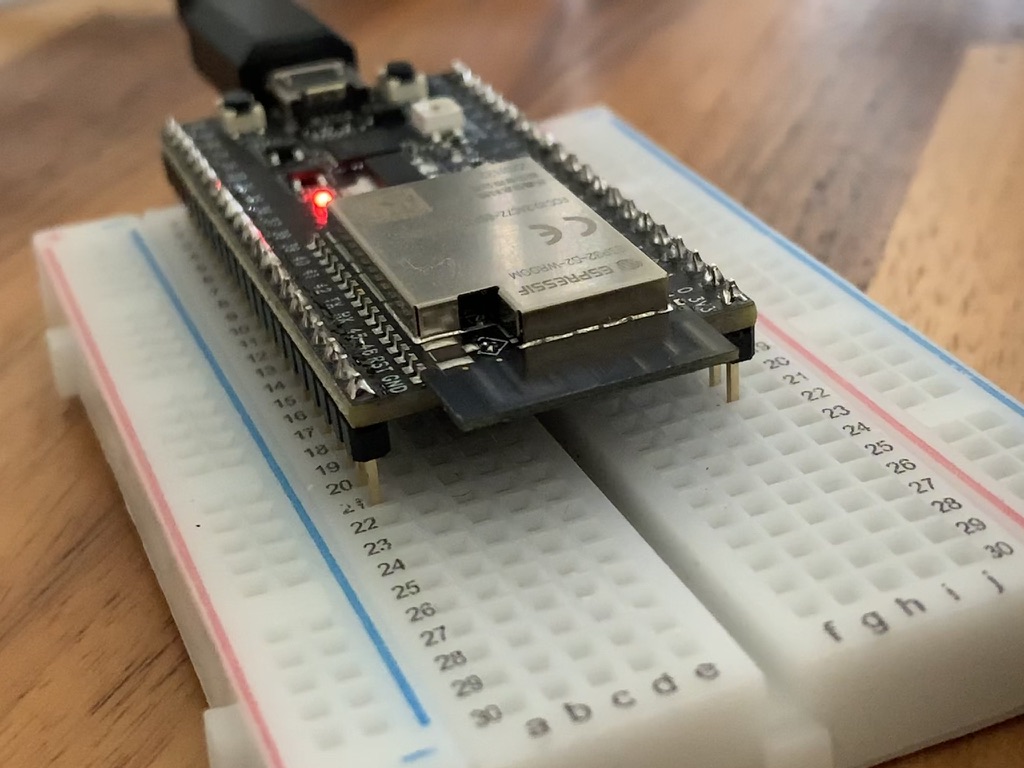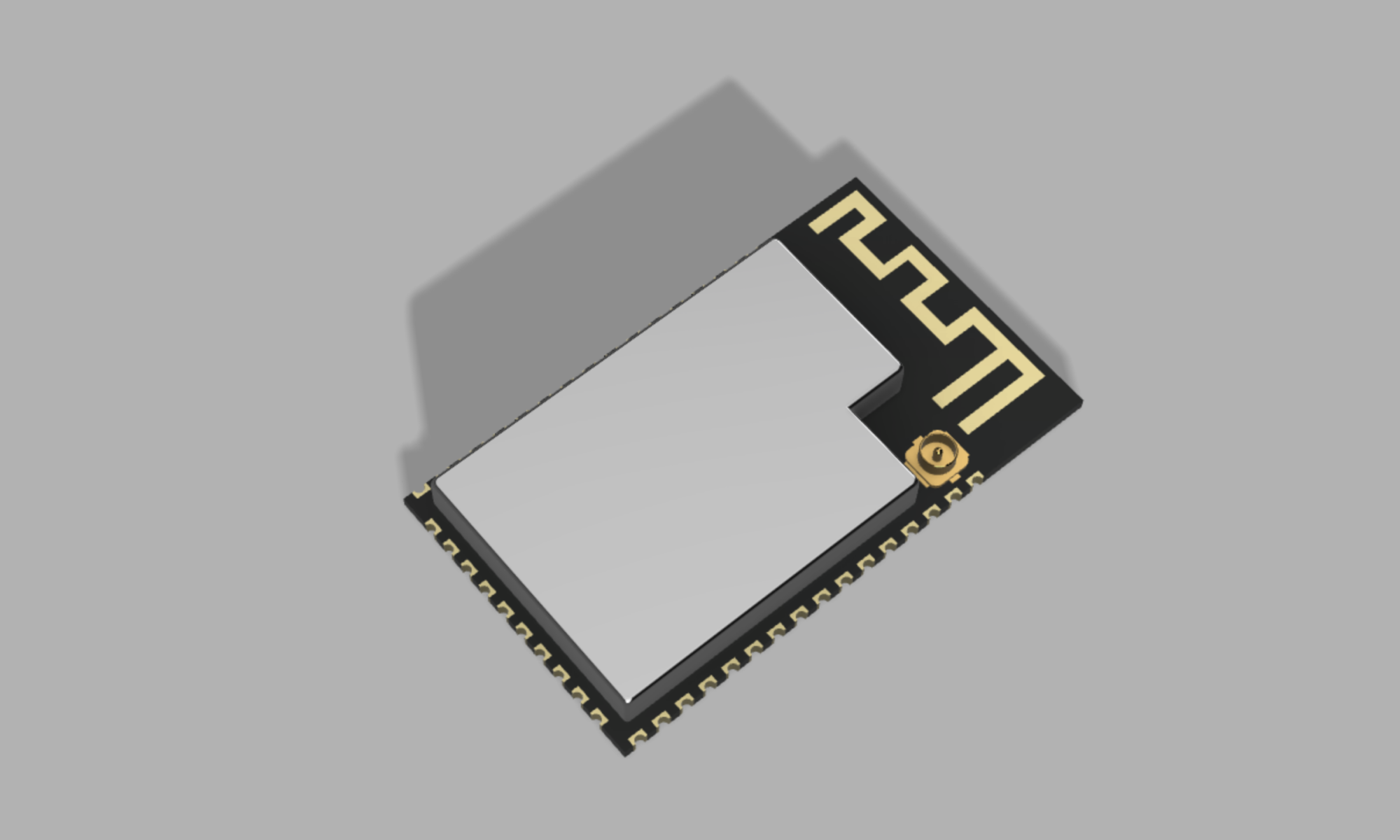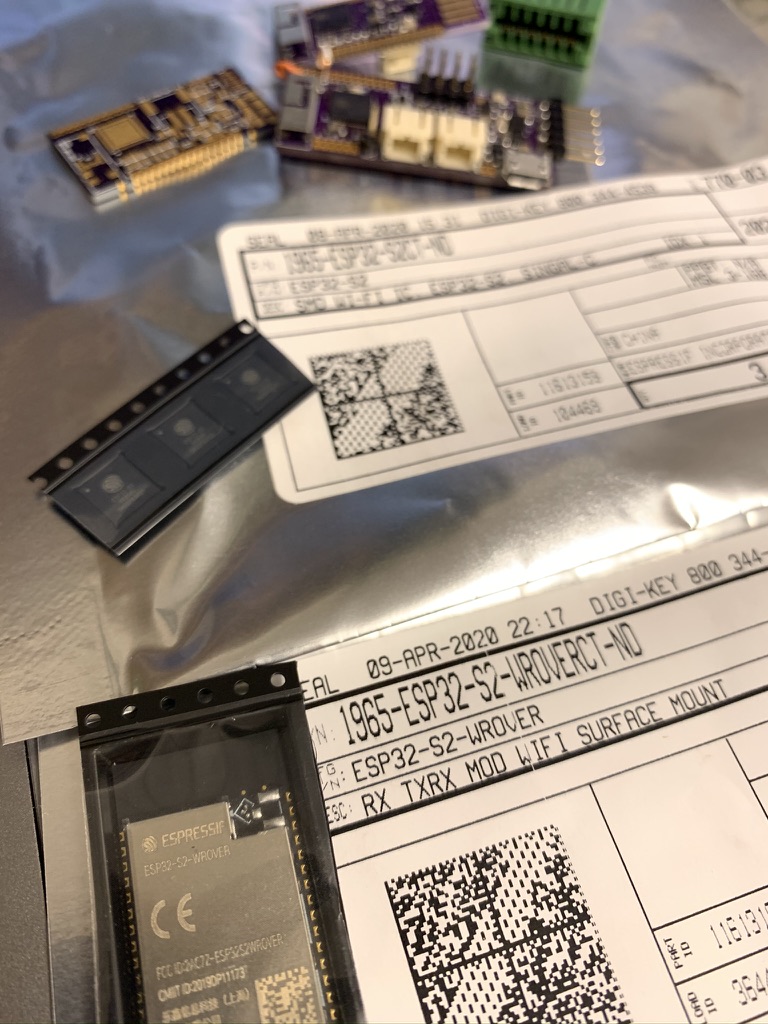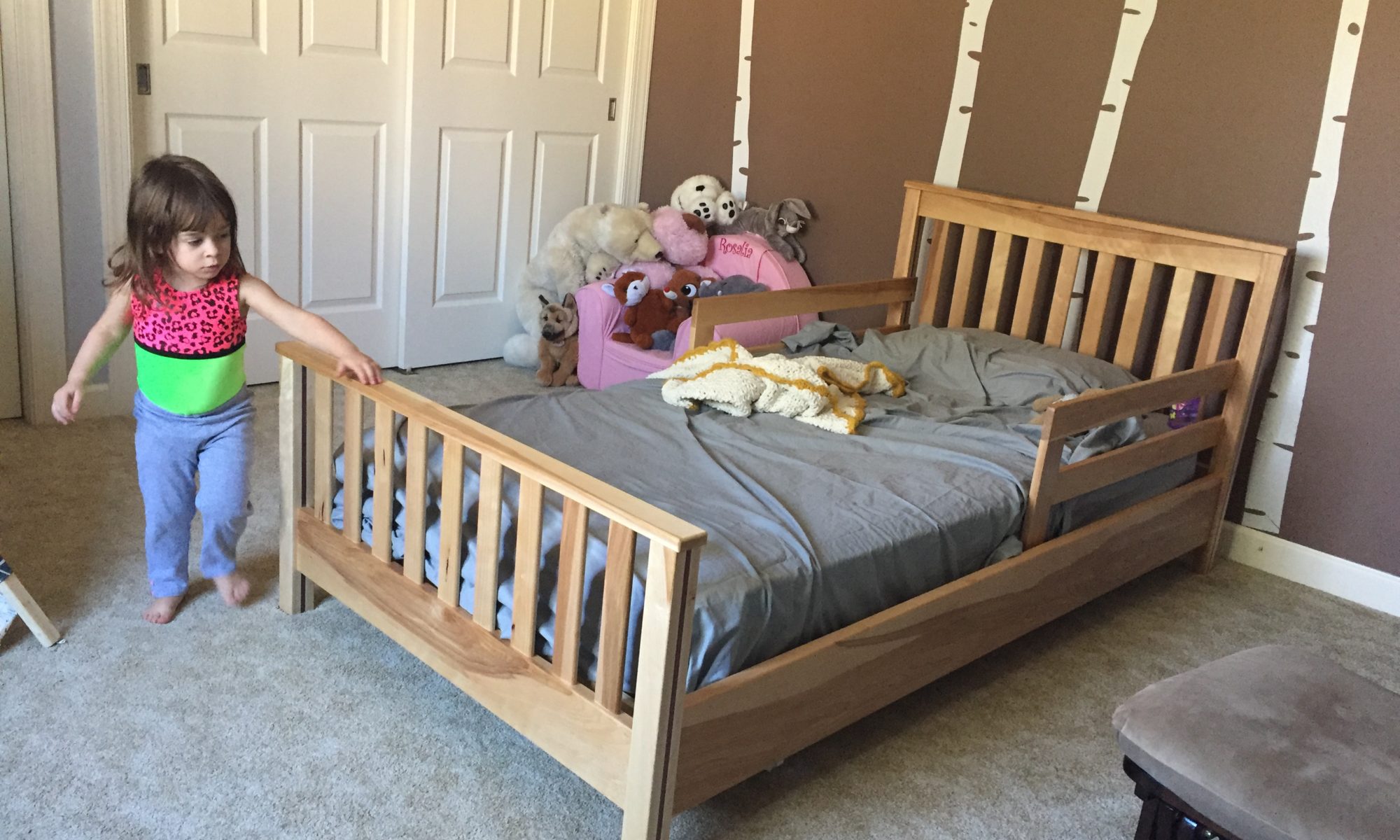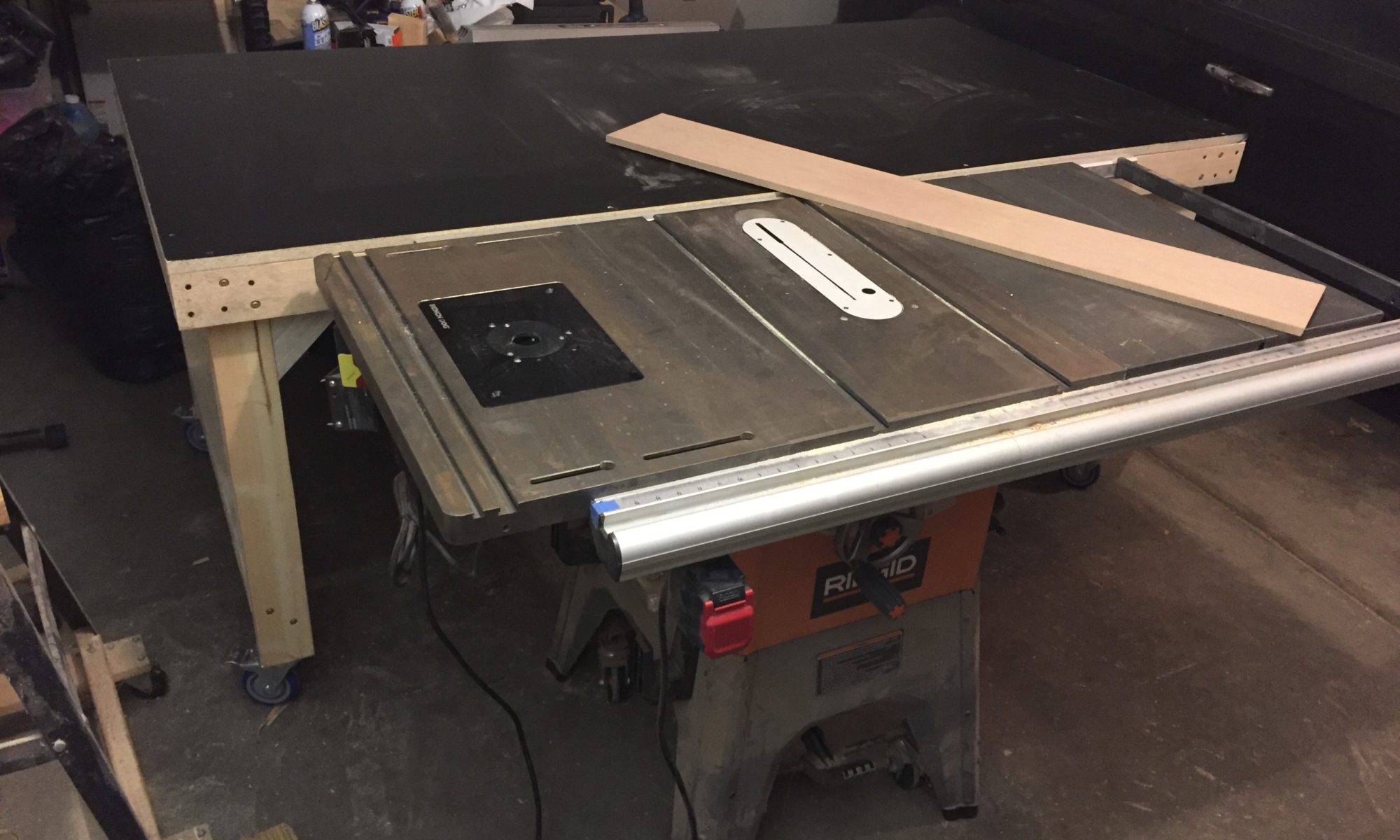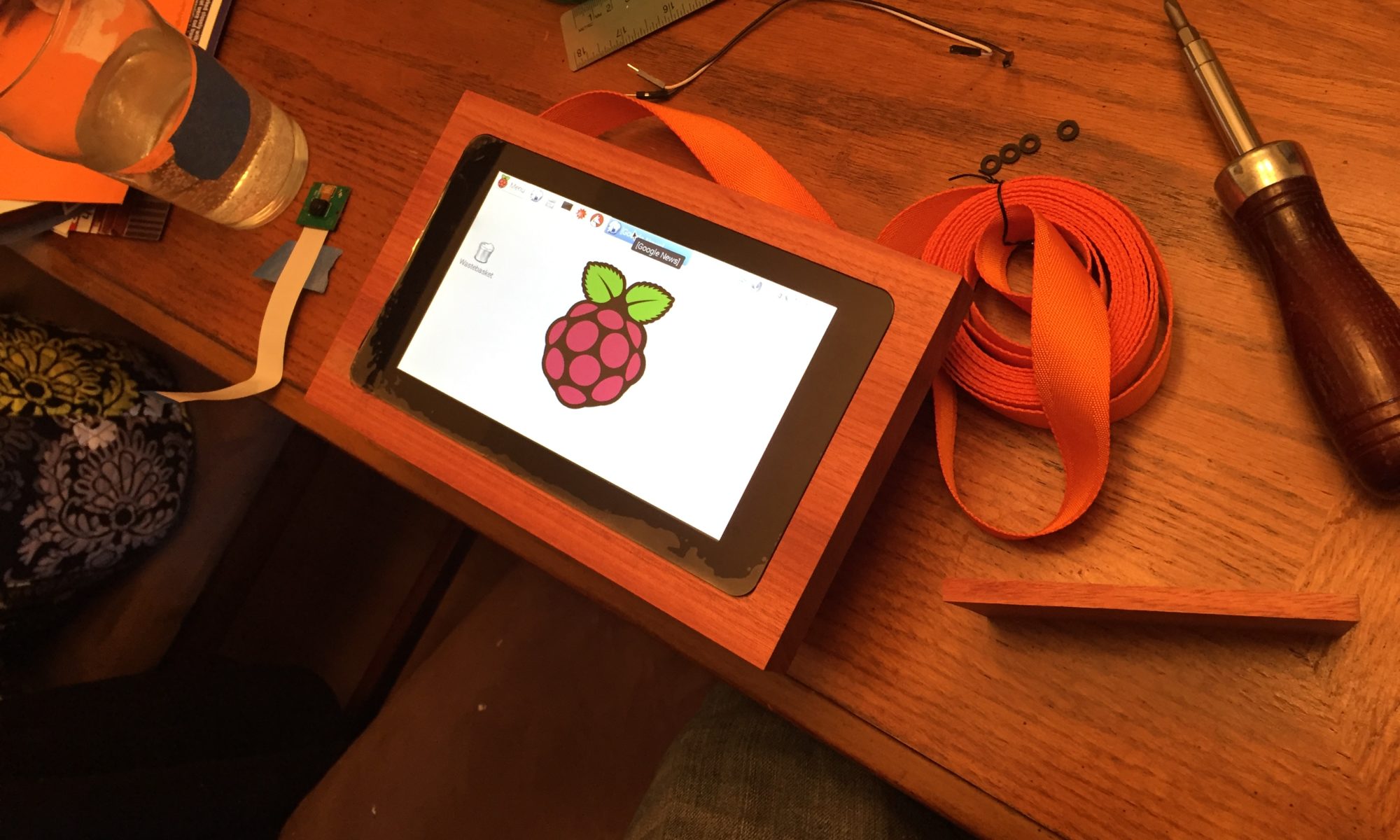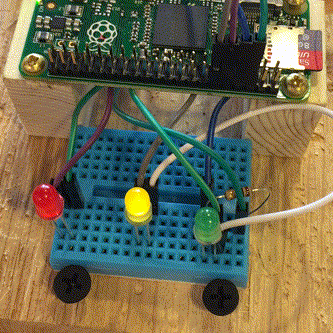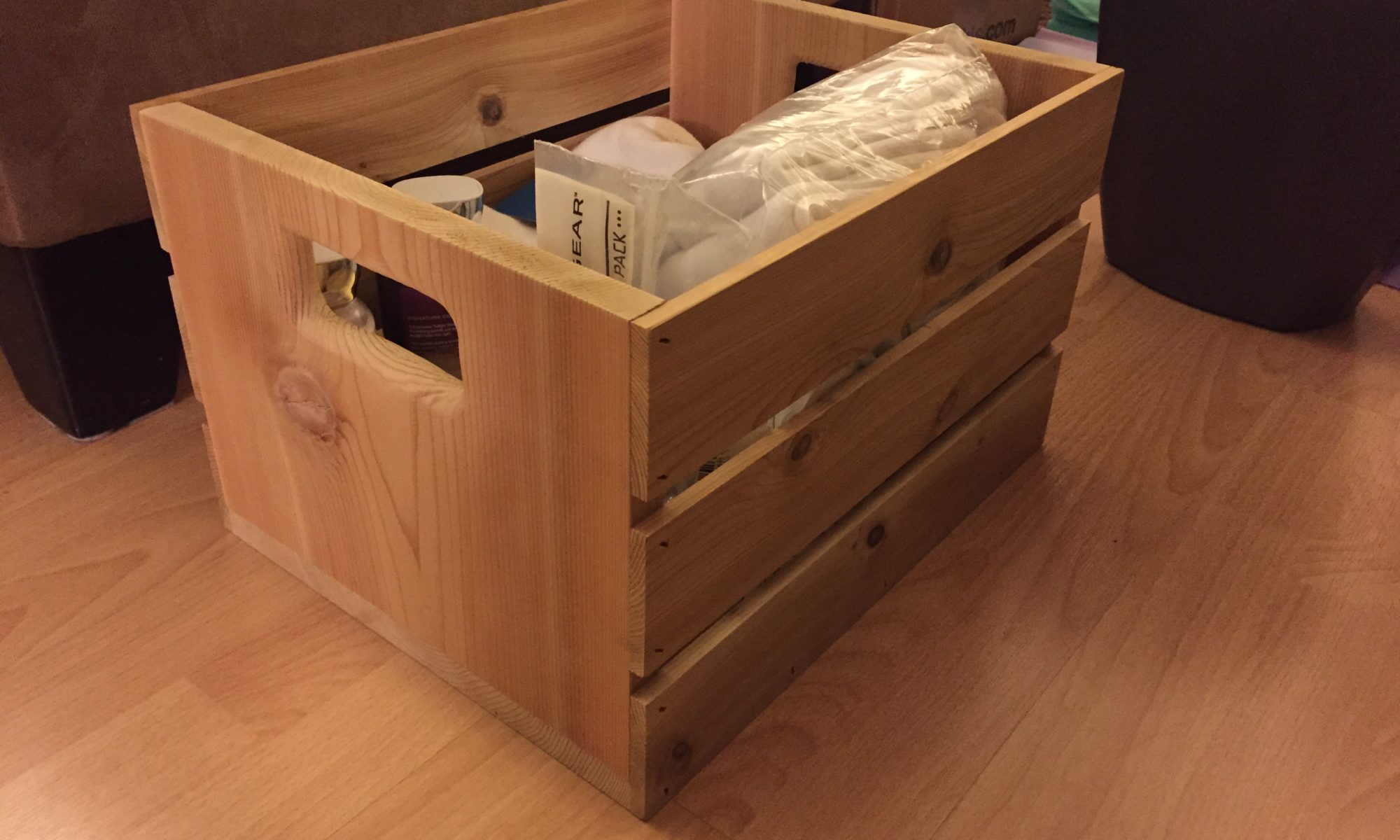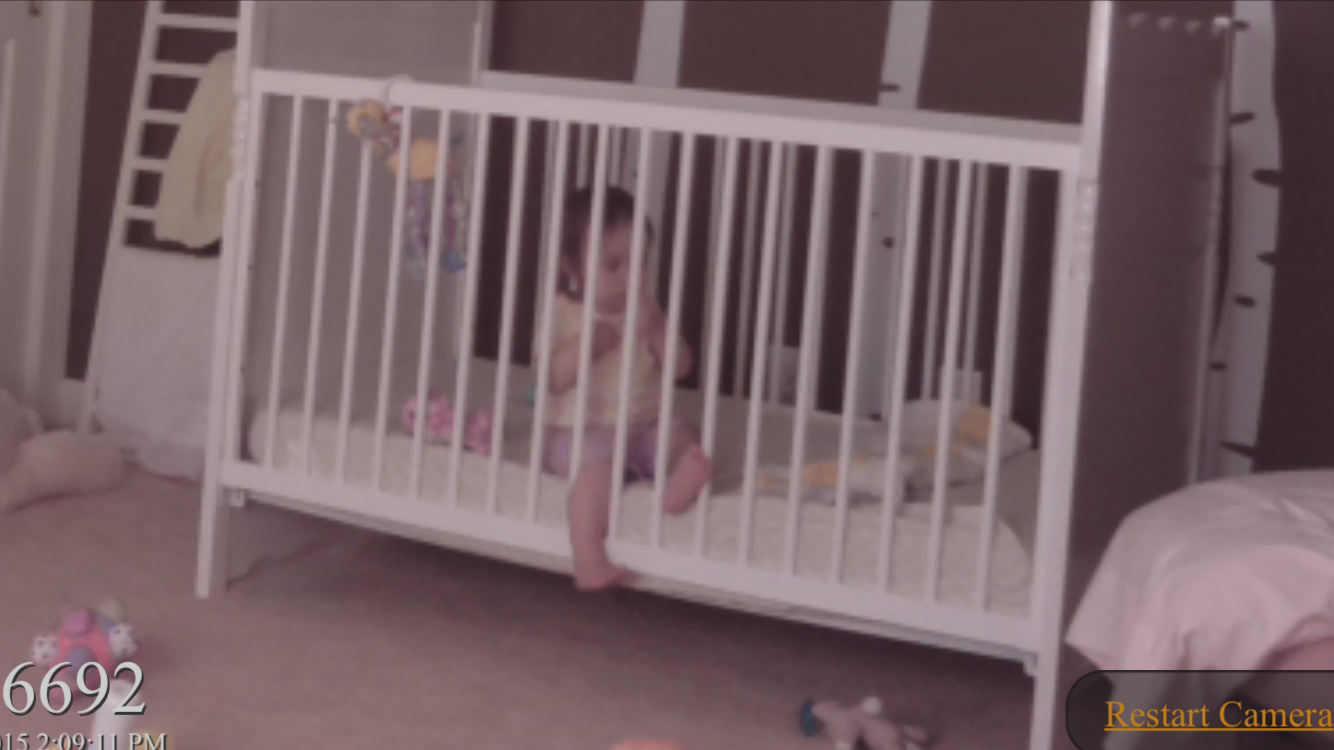Here’s a quick and dirty overview of how to install and play Minecraft with client-side mods and shaders.
Base Game
- Install Minecraft, if you haven’t already
- Open the launcher and start the game (1.16.5), if you haven’t already (to ensure the base game is installed and up to date)
- Once the game has started, quit the game and launcher, if still open.
Fabric
- Grab the Fabric universal installer jar here: https://fabricmc.net/use/
- Run the downloaded file,
fabric-installer-*.jar(on Mac, you may need to right-click on the file, then hold option and click Open to bypass security restrictions) - When the Fabric Installer appears, click
Install. It’s likely defaulted to all the correct values already.
- Open the Minecraft launcher and you should now see a new profile
fabric-loader-1.16.5selected. (if not already selected, change the dropdown to it)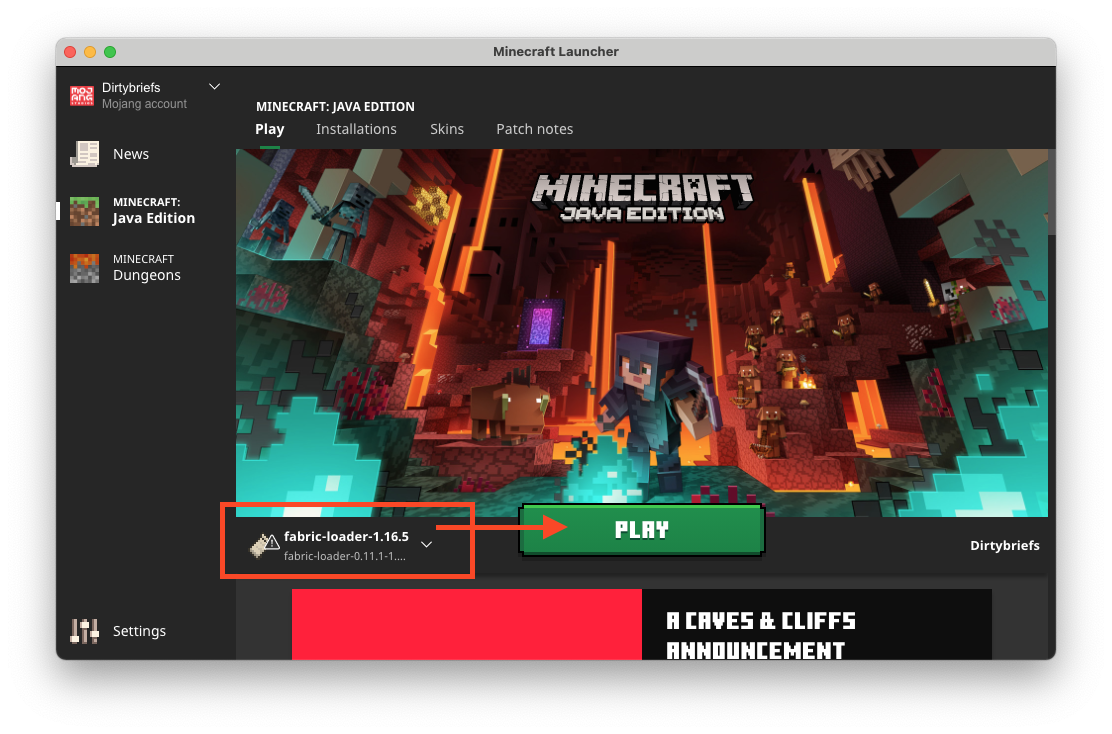
- Start the game. Once the game menu appears, you should see in the bottom-left corner that the game has been modded.
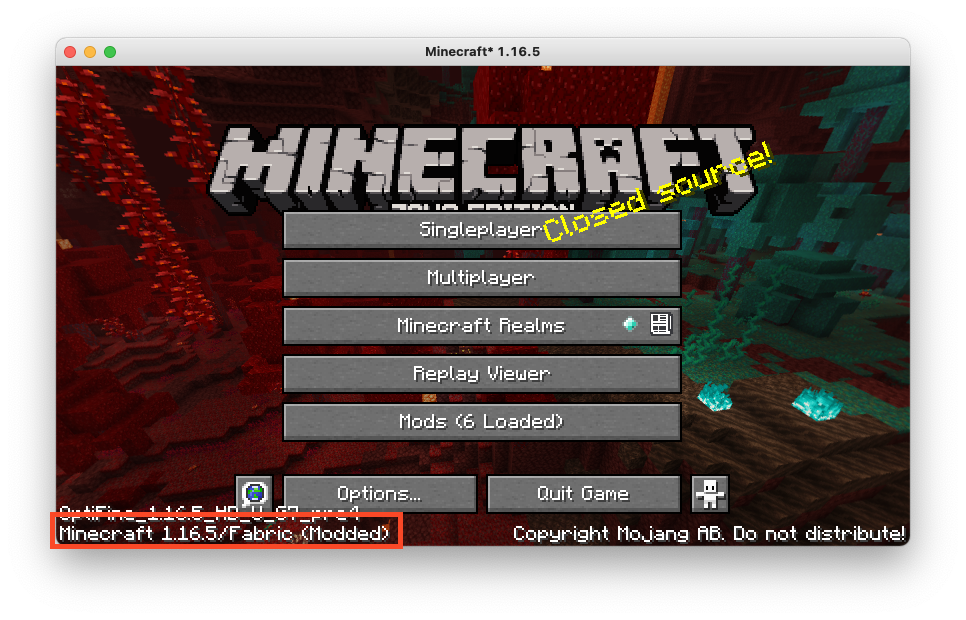
(In this screenshot, I have a few other mods installed at this point, so I have more menu options than you would here)
OptiFine
If you’d like to get in on the insane shader action, do these steps too!
- Download OptiFine from here: https://optifine.net/downloads
- Download OptiFabric from here: https://www.curseforge.com/minecraft/mc-mods/optifabric/download
- Download Fabric-API from here: https://www.curseforge.com/minecraft/mc-mods/fabric-api/download
- Download the BSL shader pack from here: https://www.curseforge.com/minecraft/customization/bsl-shaders/download
- Open your Minecraft game directory. The easiest way to do this is from the Minecraft launcher, select the Installations tab, mouse over the fabric-loader-1.16.5 installation, and click the Folder icon.
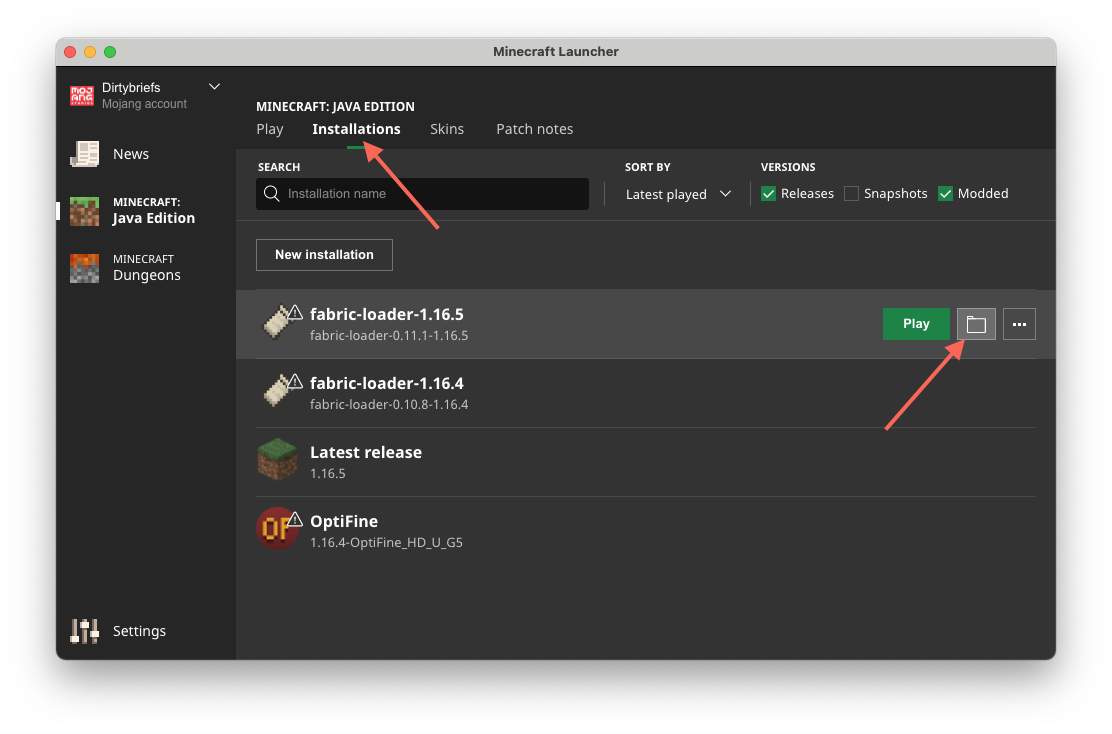
- Copy
fabric-api-*.jar,optifabric-*.jar,OptiFine_*.jarto themodsdirectory
- Copy
BSL_*.zipto theshaderpacksdirectory
- Start the game. You should now see in the bottom-left corner of the main menu that OptiFine is loaded!

- To enable the BSL shaders in the game, open
Options>Video Settings…>Shaders, and selectBSL_*.zipfrom the list of shaders. To disable, selectOFFor(internal).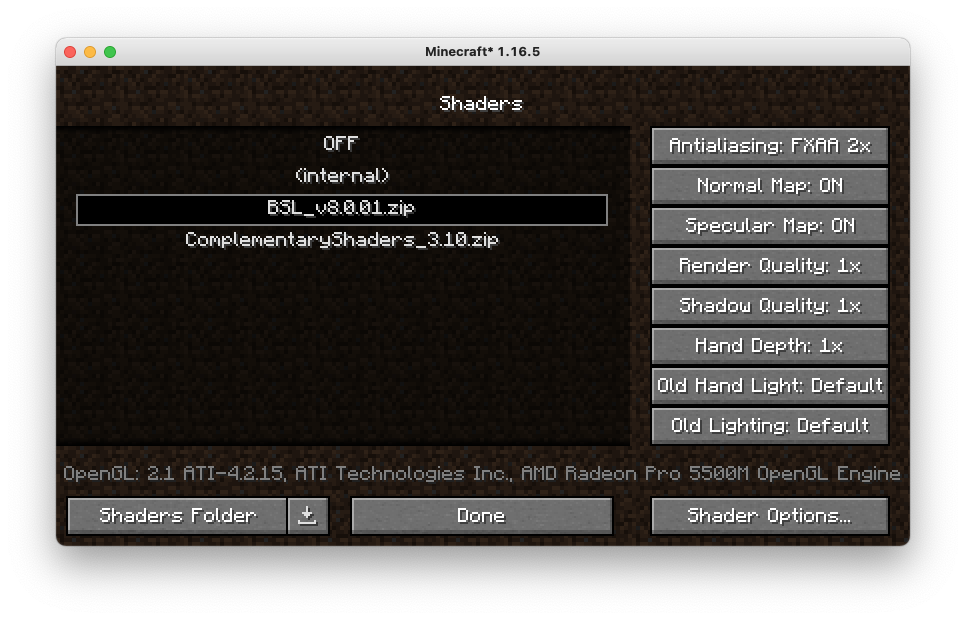
Feel free to tweak other video and performance settings as you see fit!
Happy Shading!

